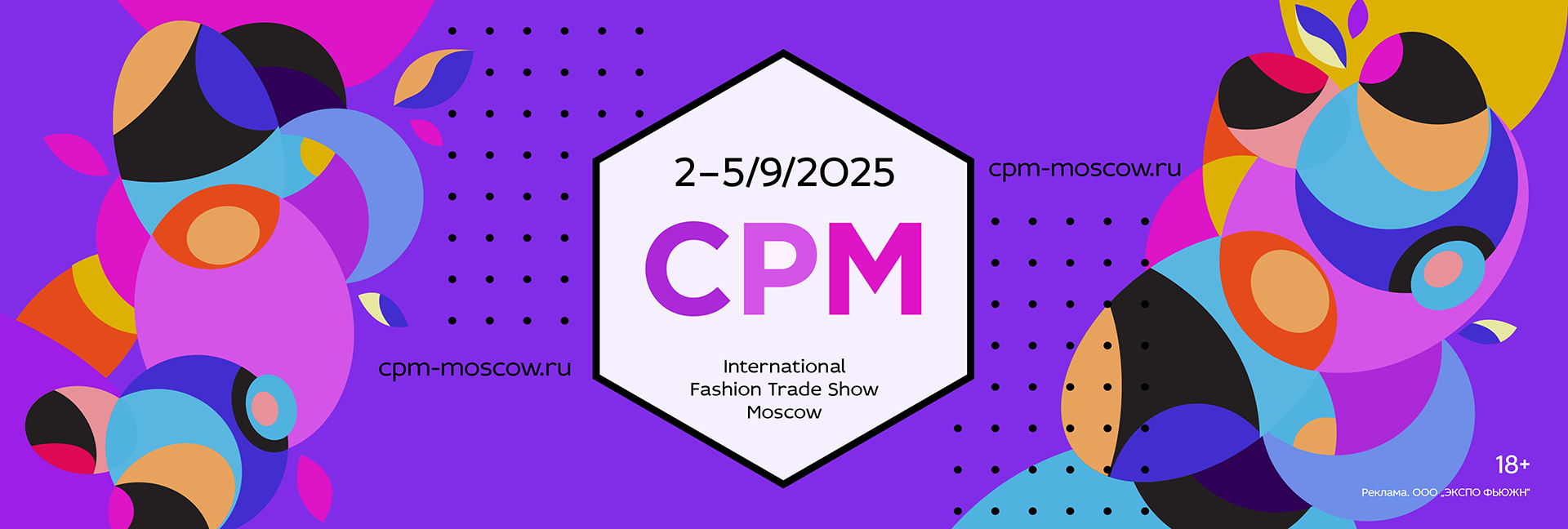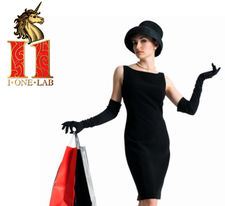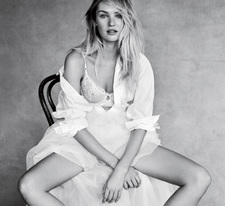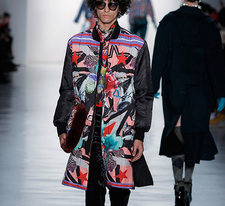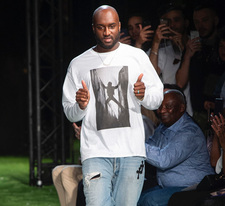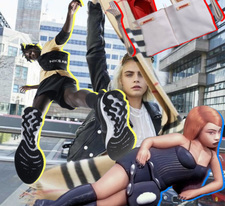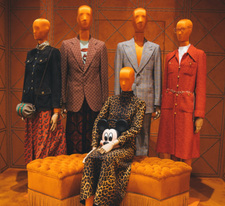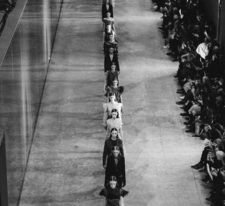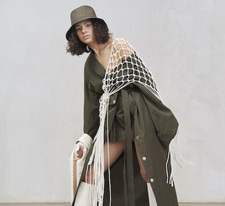From existence to communication: how and why it is important for fashion brands to create "icons"
Today , in the fashion world, being just a "good" brand is not enough. The competition is growing, the audience is becoming more demanding, and trends are changing at an incredible rate. The market is oversaturated with beautiful things, high-quality materials and stylish collections. But what makes some brands iconic, while others are just market participants?
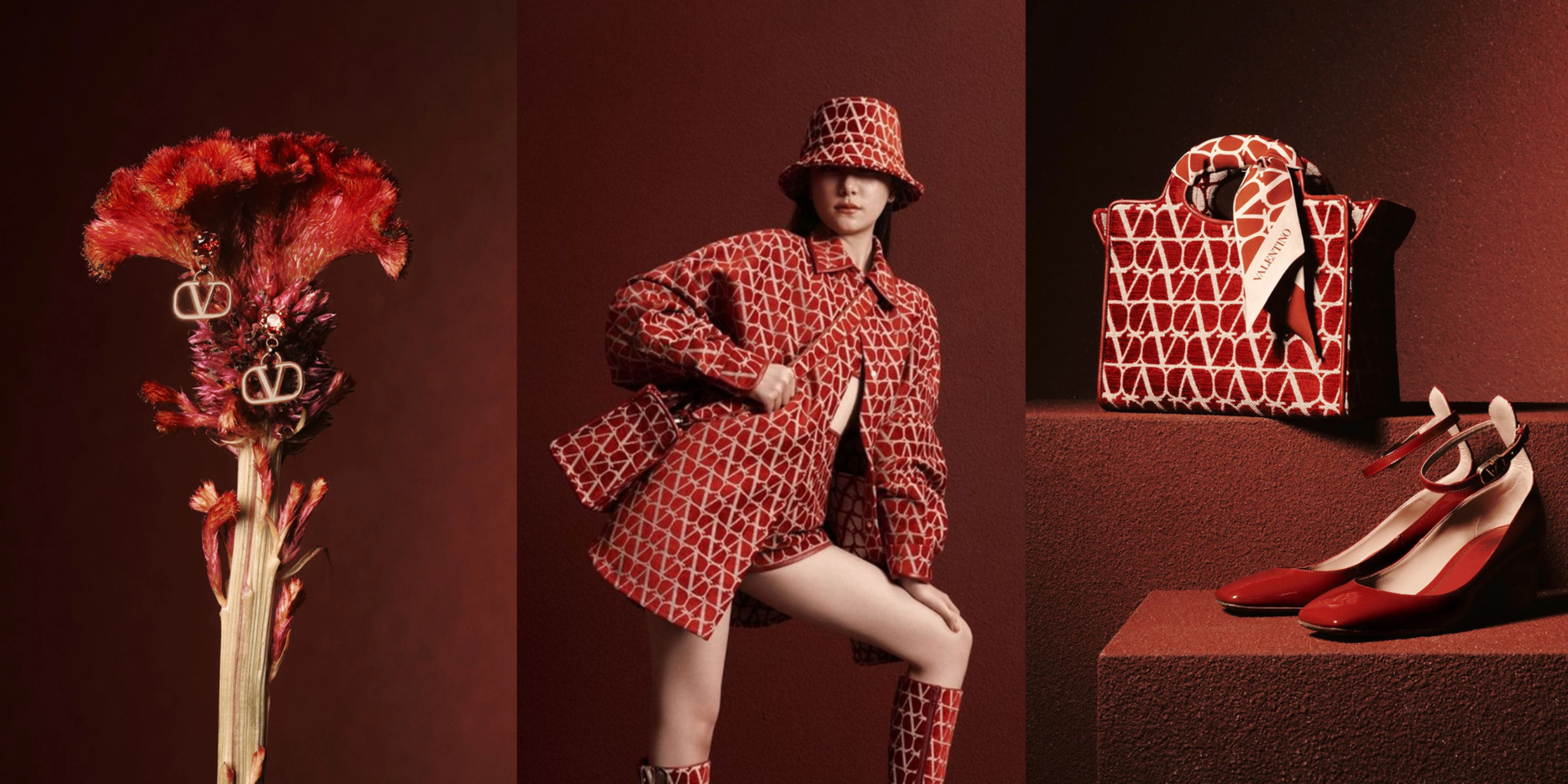
The key to success is not just selling clothes, but shaping the culture, history, and values that the audience will associate themselves with.
What distinguishes brands that really make an impression?
1. UNDERSTANDING + VALUE OFFER
Successful fashion brands do not just follow trends, but create them, taking into account the deep needs of the audience. They offer something more than things — a new way of life, a new way of self-expression.
Example: Jacquemus. This brand does not just sell minimalistic and at the same time spectacular things. It conveys the atmosphere of the south of France, lightness, joy of life. By buying Jacquemus, the customer gets a piece of the dream of a carefree summer.

2. EXPERIENCE + EXCITEMENT
Stories and emotions are more important than the product. The most successful brands do not sell clothes, but identity. They create a mythology around their product and give the audience the opportunity to feel like a part of something bigger.
Example: Chanel. This brand does not just produce collections, it tells the story of a woman who is free, strong and independent. The whole philosophy of Chanel is not about fashion, but about a style that remains timeless.
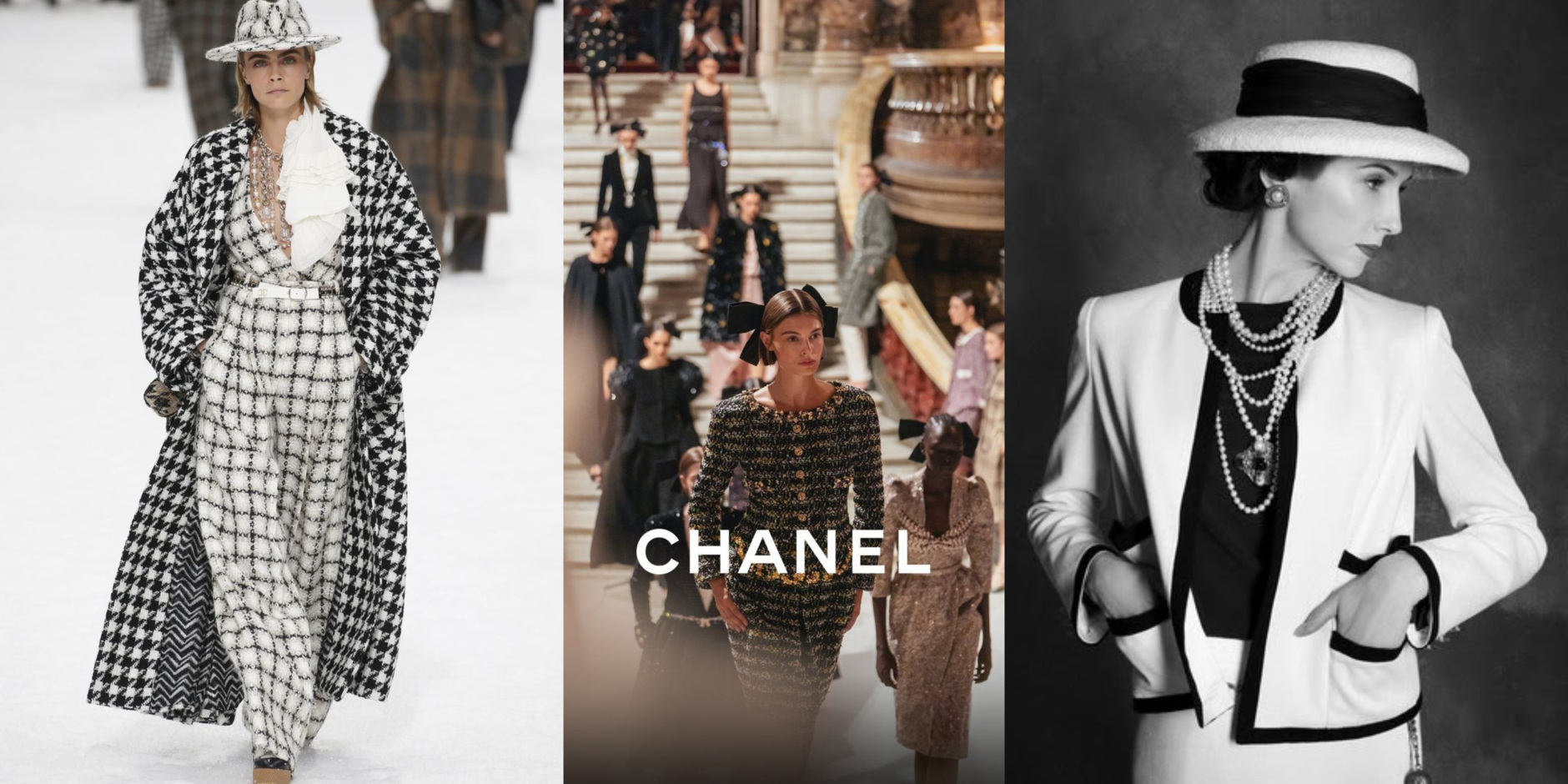
Example: Balenciaga. Demna Gvasalia turns shows into performances, provokes discussions, breaks the boundaries between fashion and art. This is the main reason why the brand evokes so many emotions.
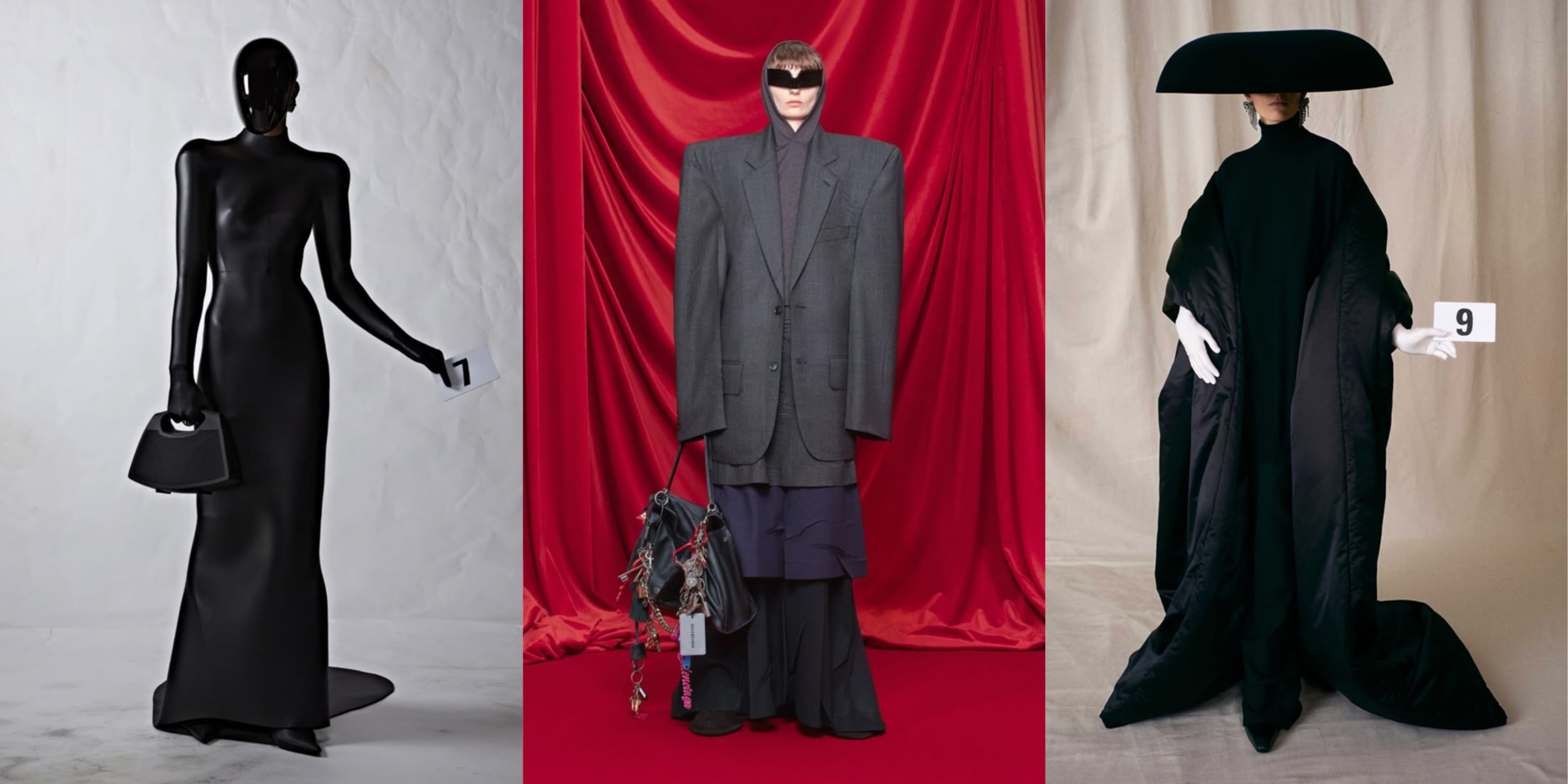
3. DESIGN + INNOVATION
Today , not only the product itself is important, but also its identity, visual code, and instant recognition. The buyer chooses brands that are able to create a unique aesthetic combined with ideology.
Example: Loewe. Jonathan Anderson turned the brand into a platform for experimentation, where artisanal craftsmanship is combined with avant-garde design.
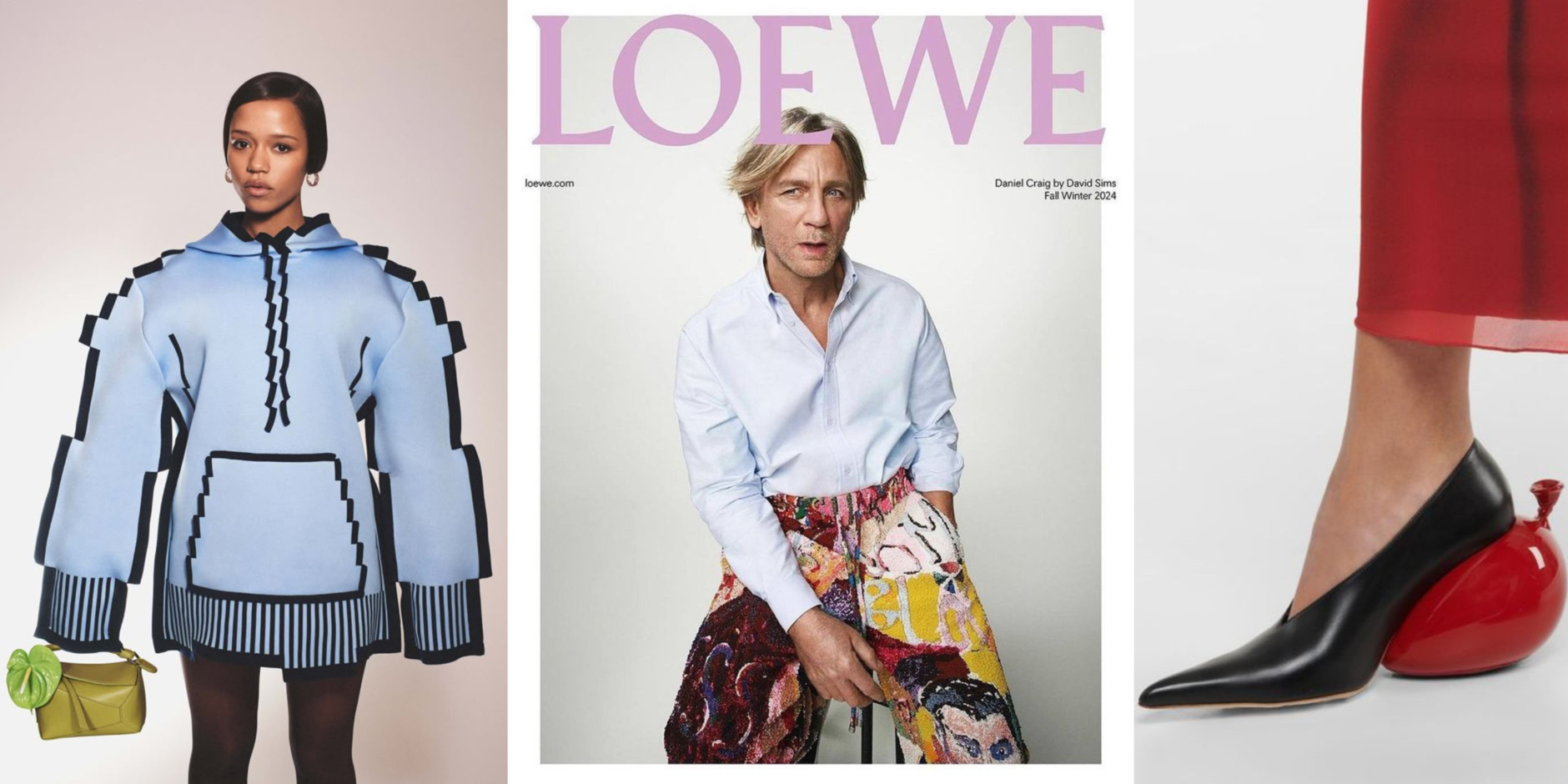
4. VIRALITY + RELEVANCE
The most powerful products today are those that cause discussion, a desire to share, to become part of the trend. Social media has become one of the main tools for brand success, and fashion virality is the new currency.
Example: Miu Miu. The Miu Miu miniskirt captured social media in 2022, becoming the most talked-about piece of clothing. Why? Because it wasn't just a trend. — it was a powerful visual idea, striking the spirit of the times.
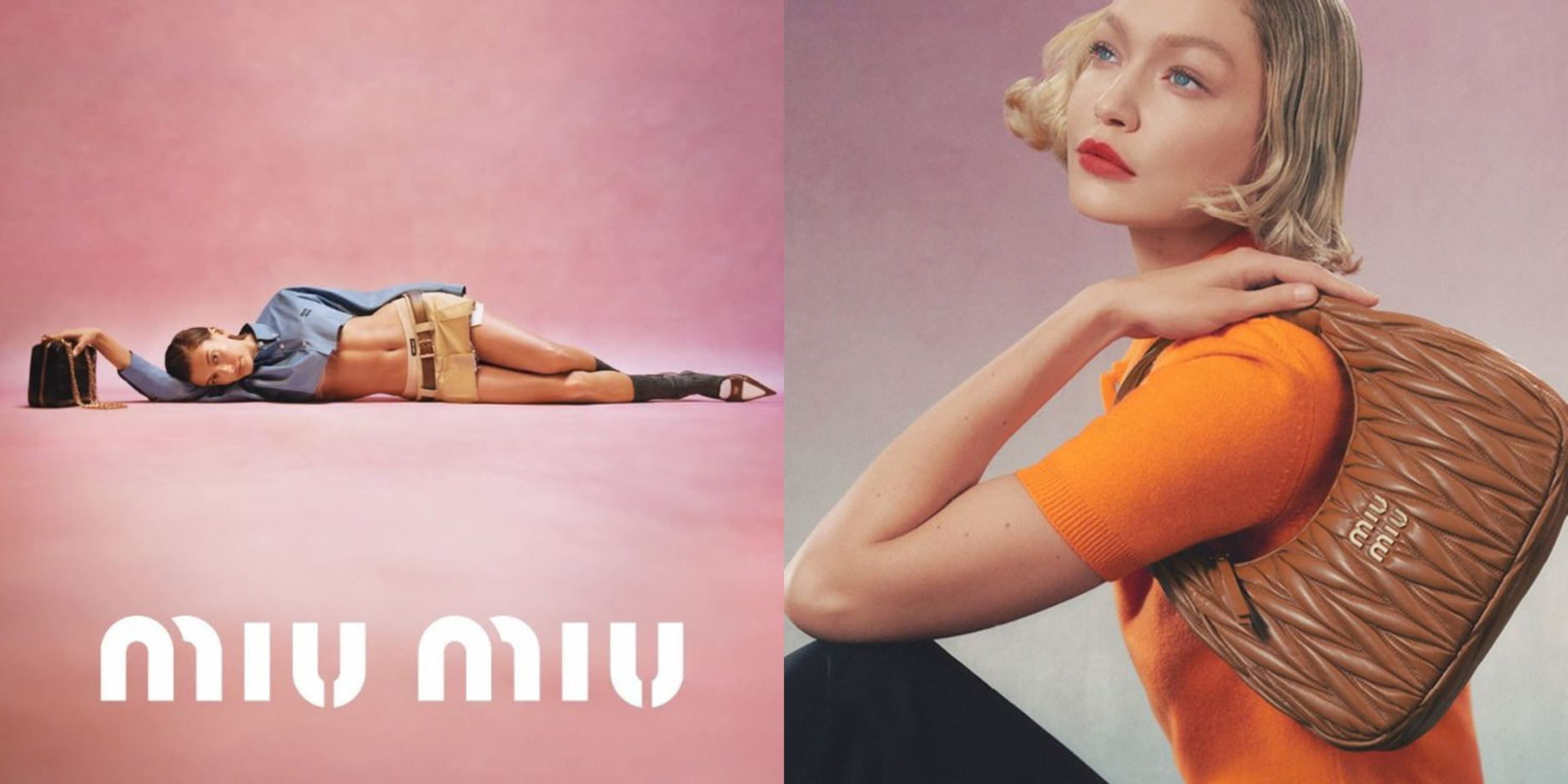
Example: Diesel. In recent years, the brand has made an incredible comeback, thanks to its skillful work with social networks, non-standard advertising campaigns and relevant visual solutions. Their collections are like elements of pop culture.
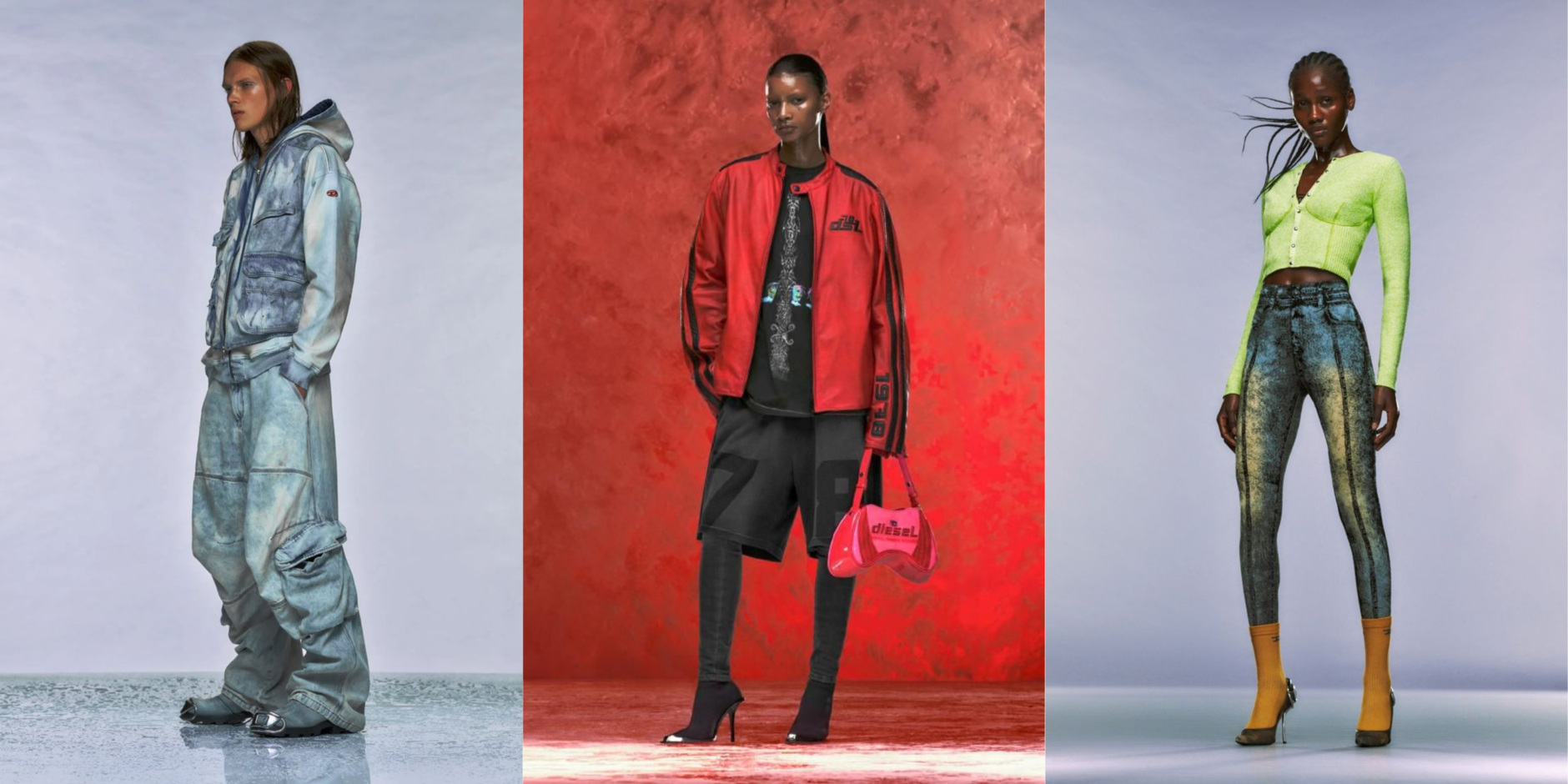
Conclusion: from launching collections to creating icons
It's not enough to just produce trendy items in fashion today. Brands that really want to take a strong place in the industry should work with emotions, cultural context and create real symbols of the time.
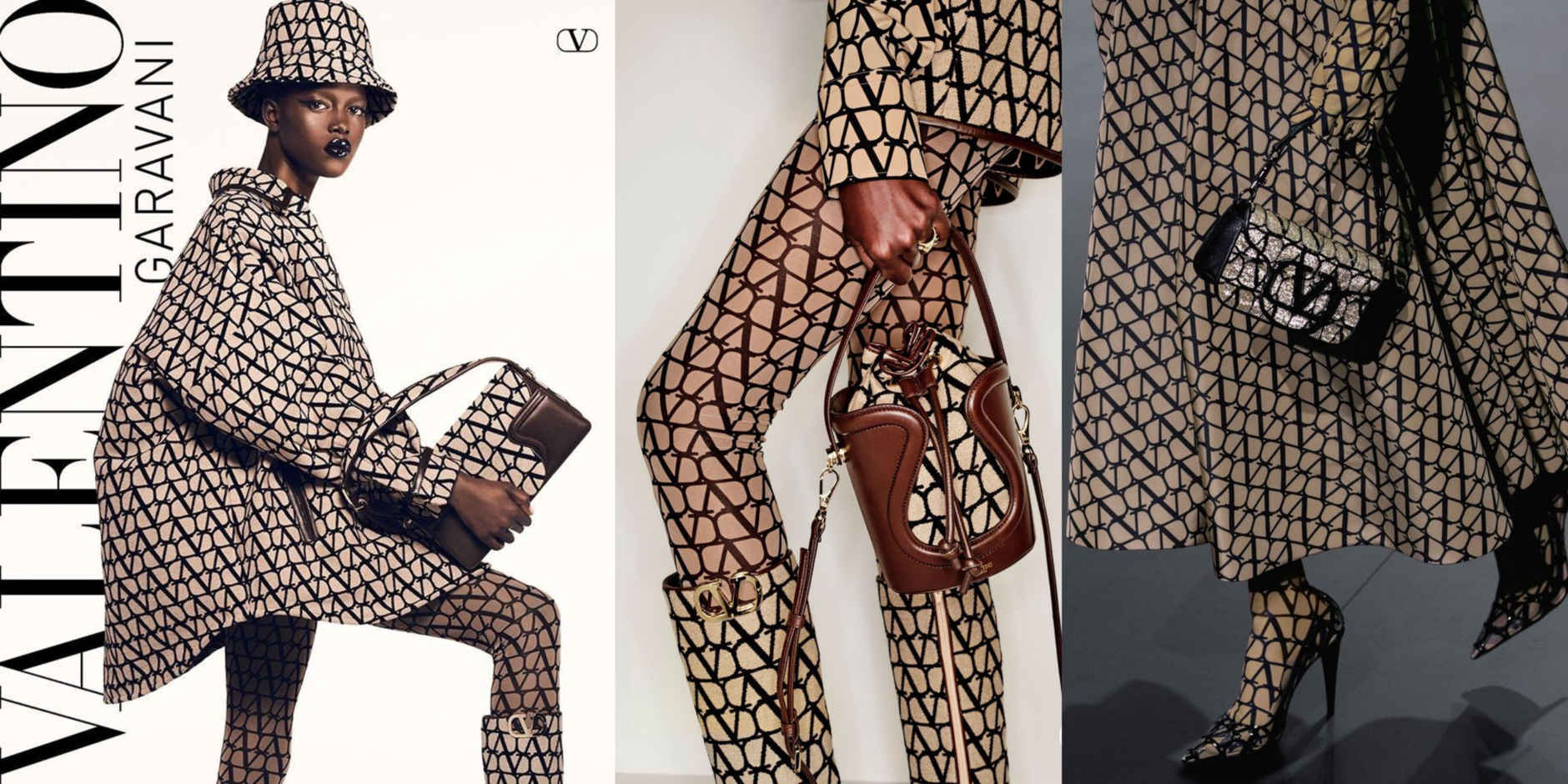
The main question that every brand should ask itself: What kind of image, emotion, and story do we create around our things?
The future of fashion belongs to brands that not only exist, but enter into a dialogue with the audience.
